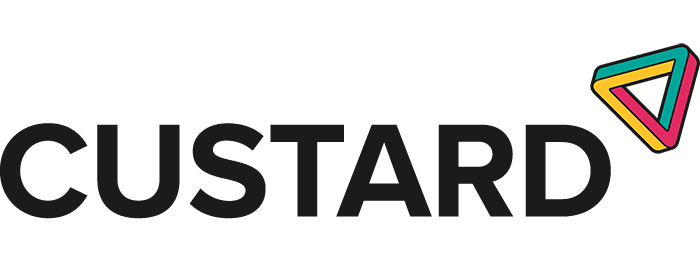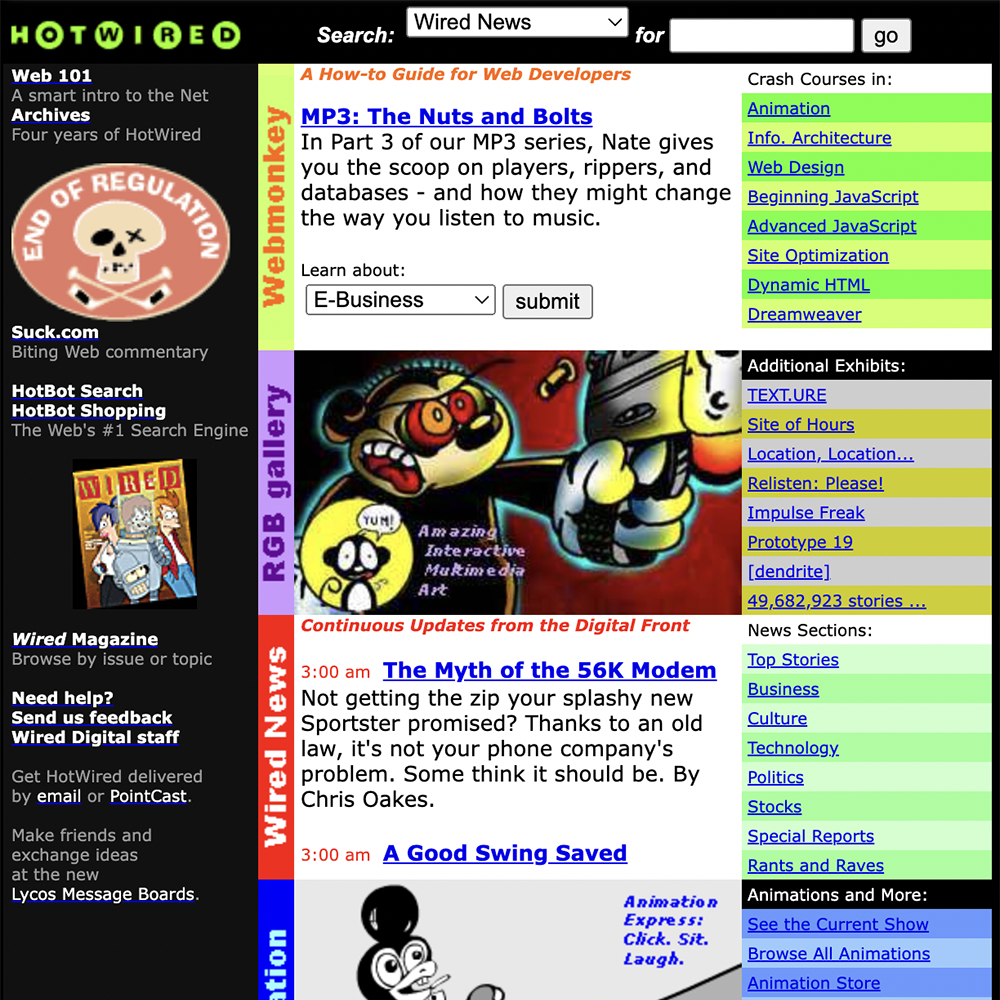
Make the most of one of the least appreciated social media platforms by rolling Pinterest into your SEO strategy.
Using Pinterest as part of an SEO campaign or wider digital marketing strategy has got huge potential upside – the statistics speak for themselves.
Over 300 million people use Pinterest every month, 98% of those users have been inspired by a pin to take action, 84% visit Pinterest when they’re making a buying decision, and 77% have discovered a brand or product on Pinterest. Pinners are also 39% more likely to be active shoppers than non-pinners, spending approximately 29% more than those who don’t use the platform.
Although it’s categorised as a social media platform, Pinterest operates much like a search engine. Pinterest users type in a search query and are met with results that best match their intent, just like Google users. Where Pinterest search results differ from those on Google is that they’re almost entirely visual. This gives users a browsing experience that’s closer to what they know from ecommerce and physical stores than Google SERPs do.
What’s more, 97% of the top searches on Pinterest in 2019 were non-branded. Users aren’t there to find a brand they already know, they’re there to discover. The parallel with SEO is impossible to ignore and, if you’re not using Pinterest as part of your marketing strategy, you might be missing out on one of the most valuable traffic sources. Let’s fix that!
How to use Pinterest for business
We’ll start at the beginning.
Before you can attempt to create Pins that will create meaningful engagement for your content, you need to prepare your account and website to work with Pinterest. The following two steps are a vital part of any Pinterest SEO journey.
1. Create a business account
Begin by either converting your personal Pinterest account into a Pinterest Business account or creating a new business account from scratch. A business account has a lot of perks: analytics, ads manager, and access to beta processes are just a few.
As part of the account setup process, you’ll want to choose a username closely tied to your business and optimise your profile. You’ll also get the chance to write a short introductory paragraph explaining your company and what users can expect from your page, making sure it’s optimised for queries that you want to target.
Once that’s done, you can begin pinning by setting up a board. If you’re working for an interior design company, for example, you may want to have dedicated boards called ‘Trends & Inspiration’, ‘Neutrals’, or ‘Dream Kitchens’ – these boards will help you categorise your Pins and make them easier for users to access.
2. Prepare the website
Data can be fed from your website into Pinterest to create more targeted campaigns. It’s vital that this is done as soon as possible, because it creates the link between your Pinterest account and your website that allows users to find more information about a product or service or convert.
The Pinterest tag is a small piece of Javascript that should be implemented on your website so that you can track conversions, segment your audience, and report on performance. It is important for both paid and organic campaigns.
The Pinterest save button can also be added to your site using a piece of HTML code. Every time that someone uses the save button on your website, they add more of your content to Pinterest, effectively giving you more free exposure.
Pinterest as part of an SEO strategy
Once you’ve got your Pinterest account and your website prepared, the next step is to consider how the platform fits into your overall SEO strategy. For example, when you’re ideating content for your website or blog, consider whether you can find angles that work for Pinterest users, too. This means you get more life out of each piece of content you create.
Although it’s unlikely that social media shares or engagement numbers directly affect organic search rankings, there are studies that show correlation between the number of social shares a blog post has and its organic search rankings.
This could be explained quite simply by the content simply being good, and therefore performing well on two channels independently. However, it might also point to other, indirect, effects that social shares could be having on organic performance, such as increased exposure leading to more backlinks or increased brand awareness leading to more brand name searches.
In short, sharing your fresh blog content on Pinterest is unlikely to instantly take you into first position for your target query but, over time, it seems likely that it’ll have enough of an impact to make the effort worth it.
SEO for Pinterest
As well as the considerations you need to make about how Pinterest fits into your overall SEO strategy, it’s worth learning all there is to know about how to optimise your Pins so that they perform well on Pinterest itself. As we’ve already covered, Pinterest is much more akin to a search engine than any other social media platform, and so optimising Pins isn’t all that different to optimising webpages.
That means you should optimise Pin copy in a similar way to how you would write copy for a blog or other webpage, always beginning by researching keywords. You can do Pinterest keyword research using Pinterest’s dedicated keyword research tool through the Ad Manager in the Business Hub, or by using a third party keyword research tool of your choice. Then, write these keywords into the title, text copy, and image copy that make up your Pin, just like you’d do when you’re optimising a website.
What are Pinterest’s ranking factors?
Just like in regular SEO, the ranking factors your content is being evaluated against aren’t disclosed to you on Pinterest. However, as is the case with most social media platforms, what content performs well seems to be based primarily around the level of engagement and shares achieved. To do well on Pinterest, it’s vital that the potential for great engagement is maximised through content that’s original and interesting.
Understanding Pinterest Analytics
Pinterest Analytics allows you to track what content your customers are engaging with the most, so you can work out what resonates with your audience and what drives traffic to your site. Pinterest Analytics tracks impressions, audience, engagements, link clicks, saves, and much more. You can choose which metrics are most important to you and use them for your regular reporting.
The proprietary analytics tool also lets you filter by content type, device, source, and format so you can narrow down your selections to see what’s really happening. Graphs and tables make the data easy to digest and export to your own files when needed.
When you’re in the Analytics overview page, you can alter the date range in the left-hand navigation to narrow or widen your data set. The four main metrics across the top of the page – impressions, total audience, engagements, and engaged audience – show data from the last 30 days as default.
Pinterest Analytics metrics
Impressions
Impressions refers to the number of times your Pins were seen in the selected timeframe.
Total audience
Total audience is the total number of people who have seen or engaged with your Pins.
Engagements
Engagements is the total number of saves, close ups, link clicks, carousel swipes, and other user interactions with your Pins.
Engaged audience
Engaged audience refers to the number of unique accounts that have contributed to total Engagements.
Top Pins
Top Pins is a chart that makes it easy to view successes on your Pinterest account. Sort by impressions, engagements, close ups, link clicks, or saves to compare how well received your Pins have been. You can also click to just see Pins that were created in the last 30 days.
You can use the information you get from your Top Pins to inform your ongoing strategy. If, for example, you see that Pins focused on a certain topic are particularly popular in one month, you can double down on pinning new content around the same topic in the next month to capitalise on the demand.
Making the most of trending topics
In a lot of ways, Pinterest makes things easier for marketers. They provide excellent resources not only for seeing which topics are trending now, but also for predicting future trends through Pinterest Predicts.
Trending topics can be viewed in two ways: through the search bar or through the Business Hub, in Analytics > Trends (also available at www.trends.pinterest.com).
The Pinterest Trends page is a new feature that helps users to view suitable topics to Pin about. You can search a generic term like ‘interior design’ to find the trending keywords that surround that term, and click on any one of the keywords to view searches over time, more related terms, and popular relevant Pins. You can easily compare trending topics here, by adding another to the search. Use this feature to find popular Pins to rePin and direct traffic to your Pinterest account.
Building engagement
Pinterest’s demographic is unique. Women use Pinterest disproportionately, representing the stake that women have in the worldwide economy (by 2028, women are expected to control almost 75% of discretionary spending).
The key to building great engagement on Pinterest is to understand your demographics. As a Pinterest Business account owner, you’ll be able to view a demographic analysis breakdown in the Pinterest Business Hub, named ‘Audience Insights’.
With the right strategy (built around an in depth understanding of your demographics), you can aim to target people who have spending power and real purchase intent. Once you’ve found your people, you can begin to engage with them to build a following by joining group boards, commenting on images and videos, and sharing other people’s content.
Creating boards
Pinterest boards are what you will use to categorise your content, engage with others, and find suitable content to repost. They’re also a great way to get your content seen so, as well as creating boards that suit your content, make sure to scour other Pinterest users boards to rePin the best content that you can find.
To make the most of the opportunity that boards present, each board should be optimised with keyword-rich content and titles and populated with top quality content.
Group boards
Group boards are thought to be a ranking factor for Pinterest – so make sure to be involved in at least one of them. Choose wisely though, as the boards can be hit and miss. Make sure that they have a good following, focused content and good engagement – if they don’t, don’t bother. There is evidence to suggest that Pinterest penalises accounts that are associated with spam or outdated group boards.
How to create Pins worth sharing
The point of Pinterest is to share content, but sharing won’t necessarily happen easily. The content you pin has to be worth sharing to gain any traction.
One way to approach pinning is to diversify your content and see what works best for you. There are six different types of Pins that you can try out:
- Product Pins
- Video Pins
- Rich Pins
- Story Pins
- Standard Pins
- Sponsored Pins
Video Pins
Video Pins are a great way to show demonstrations, how-to’s, display products, etc. Moving images are likely to get people’s attention in a sea of photographs, so engagement is generally a lot higher with these.
Rich Pins
Once your business is connected to your Pinterest account, Rich Pins will populate information from your website onto the Pin, so that Pinterest users can shop directly or easily find out more information.
Story Pins
These act like Instagram stories, and are Pins shown in succession in a consecutive order to create a series. The main difference between Story Pins and Instagram stories is that Story Pins are permanent content, and they will continue to gain engagement over their life cycle just like any other Pin would. They also often have good engagement as they are new to the platform and boosted by Pinterest.
Standard Pins
Standard Pins are the bread and butter of Pinterest and are almost exclusively image based. These Pins should be made to the size that Pinterest recommends so that they take up enough room on the screen. Pins that are too small will not get noticed.
Once you have chosen an image to pin, add layers of text or other imagery to create a more engaging design. You can then upload your Pin to Pinterest and use it to promote blog posts or products. For example, for a blog on bathroom interior styling, you could create a pin like the one below, finding an angle that accurately represents the product you’re promoting while also catering to the interests of the target demographic.
FAQs
What should I Pin?
Pinning a range of content, including products (with direct links to buy), lifestyle images, and blog posts is a good way to ensure you’re covering all bases. There are a variety of Pin types you can choose from, too, such as Story Pins, Video Pins, Standard Pins, Product Pins, and Rich Pins.
Blog posts that have a ‘How To’ element are the most popular, as they provide clear call to actions that reflect what our demographic is looking for on Pinterest.
How many times should I Pin per day?
You should Pin multiple times per day, dependant on when your audience is the most active. On weekend days, schedule up to 20 Pins per day, and on weekdays, it’s OK to schedule less.
Does each of my Pins need to be original?
Whilst it is important to create original content, the beauty of Pinterest is that older content can be rePinned again and again. It is the only social media platform where older content is likely to perform better. Whilst original content should be prioritised to make sure your content pipeline is always full, it’s great to also rePin older content from your own account, or content from another account – as long as the Pin is relevant to your brand.
It’s encouraged to make more than one Pin for the same link, so if you find that a particular blog post is performing well on Pinterest, create a different image for the Pin, and post the link again.
What is shareable content?
Shareable content is content that matters. This content will make a difference to your following, your engagement and your link clicks, as it will drive Pinterest users to engage with it. It may often feature a call to action, prompting Pinterest users to click on a link to find out more, or sign up to a newsletter, for example. Using the Pinterest tag mentioned above, it’s possible to track these metrics in the Pinterest Business Hub analytics.
Should I use a scheduling tool for Pinterest?
Although it is possible to see great results through manual Pinning, using a scheduling tool like Tailwind to schedule posts can be a huge assist. Tailwind scouts your account to make sure that it Pins at the best possible times – as often as is necessary. Schedule Pins on the Tailwind dashboard and use the Tribes feature to find and post great content to be rePinned.





